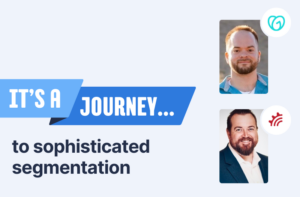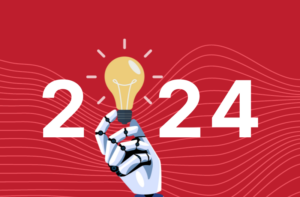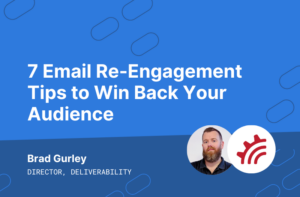It’s no secret to most marketers that personalized messages get a better engagement and conversion rate than static, one-size-fits-all ones. With inboxes and mobile phones as busy as they are today, consumers want the messages they receive to be relevant to them. Those are the messages they’ll respond to. Not only does it interest them more, but it shows you see them as more than a persona. They’re an individual, and personalization is part of acknowledging that.
But how do you do it effectively and seamlessly when delivering campaigns across multiple channels, from email to mobile? Our recent webinar discussed the five tools you can put to use to improve the engagement levels with your campaigns, while putting the data you’ve collected to good use.
Better segmentation
As with all steps down this path, the better a handle you have on your data, the easier you’ll be able to execute. Having live access to a single source of truth will provide a huge advantage when it comes to cross-channel marketing success.
With segmentation, the key is to create specific, relevant buyer paths. Then, deliver campaigns that are specific to each one’s needs and desires. Recent buyers might receive a push notification alerting them to a sale on a new product line, while a “We miss you” email with a 15% off discount code might be more relevant to dormant customers. Customers who live 100 miles from your nearest store probably shouldn’t get an SMS inviting them to an in-store sale, while company credit card holders shouldn’t get an email that includes an incentive for applying for a card.
Better personalization
Getting personalized requires digging deeper than grouping people by general categories of behavior or status. To effectively personalize messages, you need to start thinking more on the individual level, and live access to well-organized customer data becomes even more important.
What does this particular customer normally buy? If you have modules that you can personalize within an email, one of them could recommend products that are complementary to those. The season and location can make a big difference in the message you send. In late March, a customer in Florida is far more likely to be interested in fishing or playing golf than one in Minnesota, who might still be ice fishing in this part of the year. This is where personalization can become very powerful. Hitting customers with a message that’s relevant to them personally will generate more engagement and loyalty.
Dynamic content
This is where you can really separate your brand from the competition, with content that changes based upon your live data. With the right tools in place, it can even change live within the email, and render with live updates upon each open. This allows you to take personalization to a new level.
Some good examples of this include sale pricing that changes as demand and inventory does. This can prevent you from having a recipient click on an enticing sale price only to find that it changed between when they received the email and when they clicked. This is an especially powerful tool for travel brands, who offer airline pricing that can change rather frequently based upon a variety of factors. When that price drops, it’s important that customers know that, and dynamic content can help you deliver that information and increase conversions.
Interactive content
Another step in getting customers to engage with your brand is to make messages interactive. If the customer is offered the opportunity to take an action within the message itself, it’s often irresistible, partly because they don’t see it too often. It may be as simple as having them “scratch” off part of an email to reveal their sale percentage or to trace a heart with their finger to unlock a deal. But it gets them doing something, and they’re more likely to remember it.
Not only are consumers more likely to engage with this sort of content than with basic static content, but it also generates more shares. That’s because it can be fun and unusual. People want their friends to see it, and share in the activity. That can greatly increase both engagement and subscribers. Not to mention loyalty.
Psychology
Marketers should always think about the psychology of their target audience, and what they’re likely to engage with. When it comes to interactive content, a little knowledge of common psychology can be a powerful tool for you.
Many of you have heard the acronym FOMO, for Fear of Missing Out. Finding a way to generate it is a big part of many marketing campaigns, and that’s where interactive content can come in for you. A countdown clock is a great way to generate FOMO in your recipients, emphasizing exactly how much time they have left to secure a big sale. It’s a visual reminder that they need to act fast, or they’ll miss their opportunity.
Also, the IKEA Effect is a phenomenon where people place more value on something they worked for than something they merely received, referencing the ritual of piecing together IKEA furniture once you get it home. Gameifying your messages can have a similar impact, getting customers to take some action in order to advance to the next stage and hopefully secure a great deal. They’ll value it more, and be more likely to convert to a sale.
To get more details from the webinar itself, including further thoughts and expert stats to back up the power of personalization, it’s free to watch at your convenience. And we can also help you learn more about why cross-channel is such an incredible method of delivering messaging campaigns.





